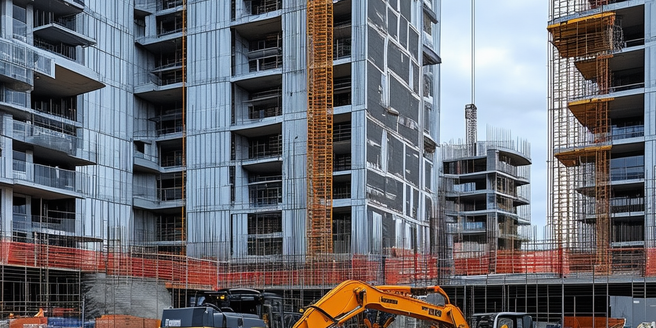Understanding the Scope of the Affordable Housing Crisis
In many urban areas worldwide, affordable housing remains a significant issue. Amidst the struggle, a potential element usually overlooked is the impact of gentrification on housing prices. Rising property prices, stagnant wages and population growth have all contributed to a crisis of affordability. Alongside these factors, poor urban planning and lack of government policies are also exacerbating the situation. Many people are having to spend a higher percentage of their income on housing, or they are being pushed out of cities altogether. This is not just an issue for the individuals affected, but it also has broader societal implications, including increased homelessness, social inequality, and reduced economic diversity.
Exploring the Intersection Between Technology and Real Estate
The real estate sector has traditionally been slow to adapt to new technologies, but that is beginning to change. Harnessing the potential of these technological advancements, several pioneering companies are now making a foray into this space. PropTech, or property technology, is a broad term that encompasses a variety of digital and technological innovations in the real estate industry. These innovations offer numerous advantages, from efficiency gains to cost savings. These range from online listing services to advanced data analytics, virtual reality tours, and automated property management systems. This new wave of technological options is starting to reshape the industry and could have significant implications for affordable housing.
Innovative Tech Solutions for Increasing Affordable Housing
Efforts are being made to leverage technology to reduce housing costs and increase affordability. Innovative solutions include tiny homes, manufactured housing, and modular construction, which can drastically reduce construction costs. Alongside these, retrofitting older buildings with energy-efficient systems is another strategy being adopted to lower living costs. The advent of 3D-printed homes is another technological breakthrough that could alter the landscape of affordable housing. Additionally, co-living and co-housing models supported by digital platforms can minimize living costs. There are also numerous apps and online platforms aimed at connecting renters and buyers with affordable housing options. These solutions, when combined, pose a promising answer to the affordable housing crisis.
Case Studies: Successful Implementations of Tech in Affordable Housing
Several cities around the world have successfully implemented technology in affordable housing. For instance, in Finland, housing first model using technology to connect homeless people with housing has resulted in a dramatic decrease in homelessness. Notably, smart home technology is also being incorporated into these housing models, improving residents’ quality of life and reducing environmental impact. In the US, developers are utilizing modular construction techniques to speed up the building process and reduce costs while maintaining high quality. These are just a few of the many examples where technology has made a sustainable impact on affordable housing.
Challenges and Possible Obstacles in Tech-driven Housing Solutions
While technology provides potential avenues for increasing affordable housing, it is not without its challenges. For example, while modular construction could lower costs, it can be hard to finance, and zoning regulations can be a barrier. It’s crucial to also note that resistance to technological change can be another hurdle, as constituents and decision-makers may have a limited understanding of these new, complex systems. Additionally, the initial investments required for some of these technological solutions may be quite significant. Co-living models, while affordable, may not provide the level of privacy or stability that traditional housing options provide. Understanding these limitations and challenges is key to creating viable, sustainable solutions.
Future Perspectives: The Role of Emerging Technologies in Affordable Housing
Emerging technologies such as 3D printing and AI can play an influential role in affordable housing in the future. A prime example of this is the construction of a 1,500-square-foot house, costing nearly half as much as traditional methods and built in just two days using 3D printing technology. With the capability to construct homes quicker and more sustainably, 3D printing, for instance, could revolutionize the construction industry by reducing labor costs and waste. In fact, some prototypes of 3D printed homes have shown promising results in various tests. At the same time, AI could enable more effective property management and improved resource allocation. As these technologies mature, their potential to transform affordable housing will likely become clear.



